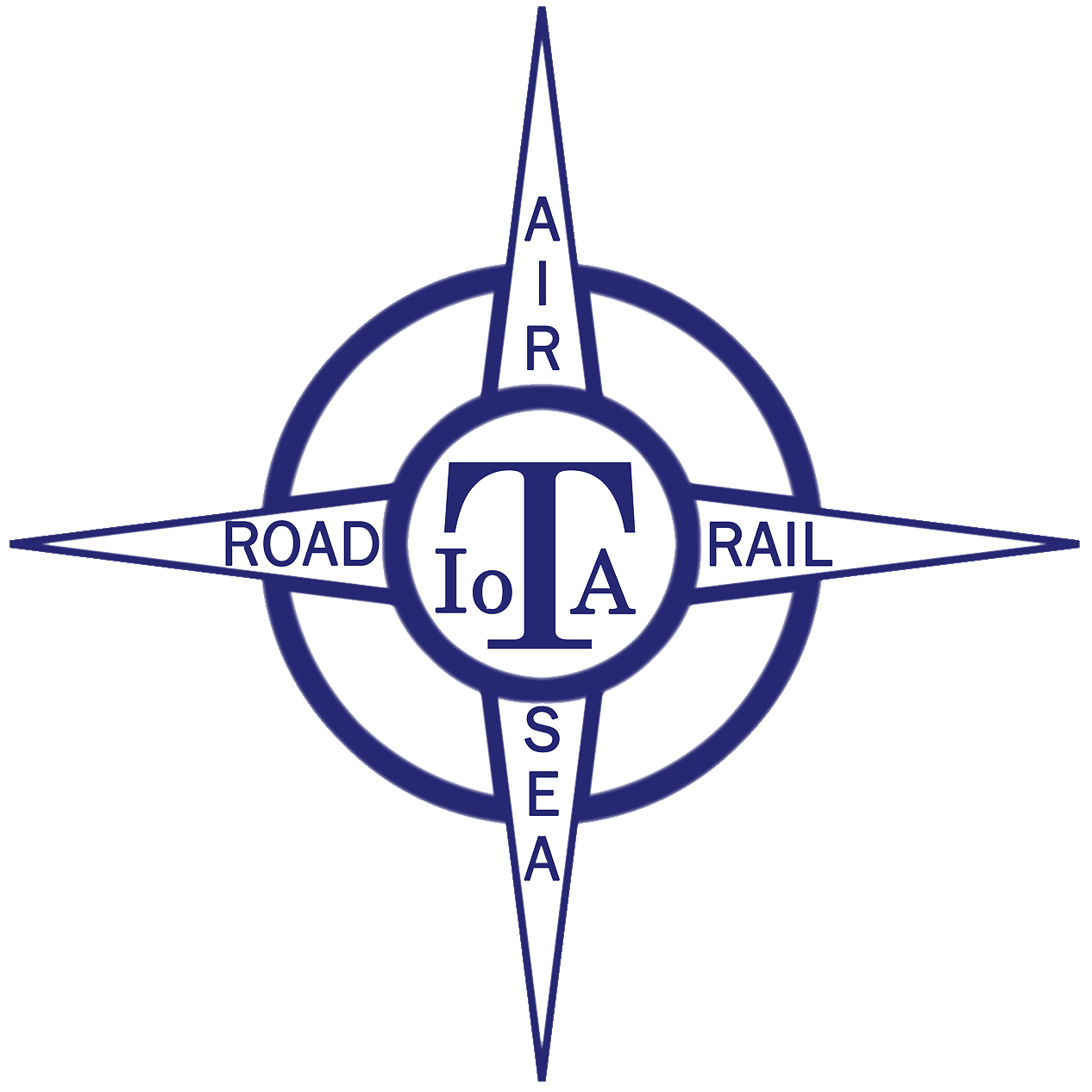An overlooked challenge for companies looking to transition their vehicles to electric is what happens when they are in an accident.
Processes, parts, costs and repair times all have notable differences and need to be factored into any fleet strategy and costings.
Many parts and components – as well as the battery – are drastically different to those found on petrol or diesel models.
Also, they cannot be simply towed away from the scene of a collision as a fossil fuel vehicle can be.
It is something the fleet sector will have to continue adapting to, as the transition to EVs accelerates.
EVs have changed the accident management landscape and it is important for fleet managers to understand the differences as they transition their fleet.
EVs need access to specialist recovery, repair and mobility supply chains that can provide the specialist support they need. Repairers need safe storage areas, charging facilities, EV-qualified repair technicians and access to new parts suppliers and body materials, which, in turn, require new tooling and training techniques. A further challenge is that EVs are more expensive to repair than their ICE equivalents.
A study by Thatcham Research found battery electric vehicle (BEV) incident claims are 25.5% more expensive due mainly to the cost of parts, particularly the battery.
Source: Fleet News
